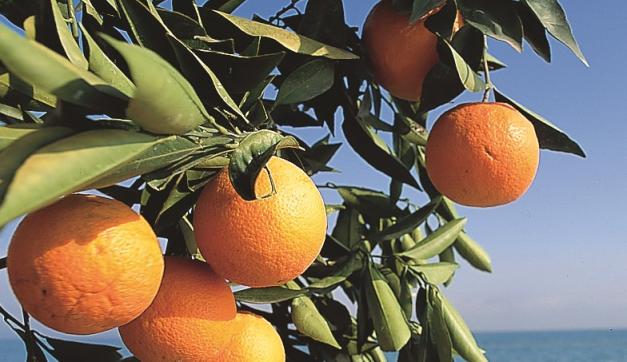The “Silk Road” refers to a network of trade routes that are linked to the marketing of silk from China. Although silk is considered the most important product of the route, many goods were exchanged on it.
In the Region of Valencia some gastronomic products arrived by this route: rice, orange and tiger nut. These products were introduced into Valencia by Arab merchants linked to the Silk Road. However, these foods originated in China from where they spread.
Once oranges were introduced into Spain it was the Arabs who planted them, first in Andalusia and later in Murcia and Valencia. In the Region of Valencia there is information that shows that the cultivation of oranges has existed since 12th century and from 18th century they began to talk about the regular cultivation of orange trees in the grove.
It should be noted that the landscape of the Valencian orchard is dynamic and one of its major changes was the conversion of mulberry cultivation orchards to feed silkworms to orange groves. In part, this change resulted from the Valencian 19th century silk-making crisis. This conversion from mulberry trees to the orange trees was carried out preserving and relying on numerous elements that had been developed in relation to the cultivation of mulberry trees such as houses and their structure, certain ornamental trees and the irrigation system. The latter is particularly relevant to the extent that canals made it possible for dry lands to become irrigated lands and as a result of this, mulberry orchards multiplied throughout the landscape, leading to an economic system based on silk production. With this intensive cultivation of mulberry trees, the historic orchards began to emerge, which have survived to this day. Later, after the silk crisis, these mulberry trees became citrus groves, taking advantage of canals and branches. This would be the case for the Royal Canal of Carcaixent, whose construction is closely linked to the cultivation of mulberry trees and at the same time it is the first place for which we have a written record of an orange grove.
Furthermore, this gastronomic product has been made the subject of a museum in the Museu de la Taronja in Burriana, which remains closed to the public for now.
